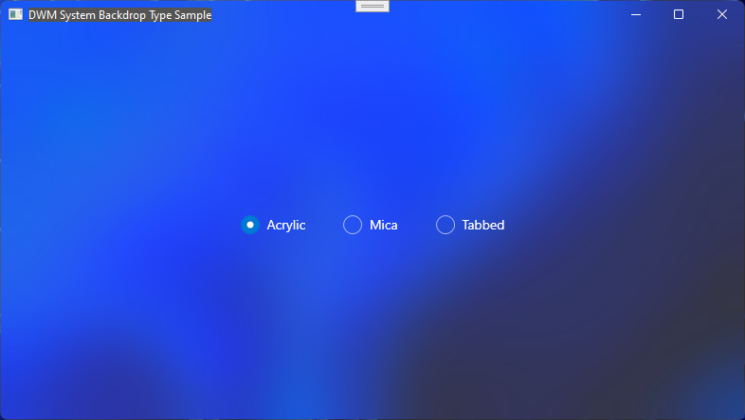
Microsoft abandoned support for rounded corners and Aero Glass with the release of Windows 8 and its successor Windows 10, in favor of a more flat and neutrally colored UI.
Windows 11 has already restored support for rounded corners, and it appears that the next big update will include a new design feature that will be akin to the Aero effect from Windows 7.
Transparent title bars for traditional Windows apps will return, signaling a change in look for the Windows operating system. Microsoft intends to refresh the top-level windows and app pop-ups with a new transparency effect, which might be Acrylic or new material.
Currently, developers are responsible for implementing the Mica (a new sort of transparency effect), so we only have the Mica effect in select apps, and the rest of the app windows have a straightforward look.
Based on a screenshot of Windows Run that was unintentionally shared during the January webcast of the Windows Developer program and found by us, it is evident that the tech giant is reverting to a style reminiscent of Windows Aero used in Windows 7 and Windows Vista.
The Aero Glass theme in Windows 7 or Vista gave the app’s title bar (the menu that includes buttons like minimize, maximize, and close) a soft and translucent appearance for the uninitiated. The implementation of Windows Vista looked excellent and modern, but it used more resources than a simple design.
Windows 11 version 22H2, also known as Sun Valley 2, may be able to help duplicate this look for app title bars.
The tech behemoth will probably employ the Acrylic effect on all classic app title bars and save Mica for windows.
Mica is an opaque effect that is applied to program windows, title bars, and even the backdrop, as opposed to the Acrylic effect, which allows for transparency/translucency.

As seen in the comparison above, Mica is subtle and only allows you to see the desktop wallpaper through it.
Acrylic, on the other hand, is a more opulent and resource-intensive Windows Aero-like effect that shows the desktop wallpaper and other windows that are hidden behind the active app.
In addition, we discovered a new experimental flag in the operating system that could enable the Mica effect in more Windows apps.
The flag is titled “MicaBackdropInApplicationFrameHostTitlebar,” and it would replace Mica in some existing apps such as Feedback Hub. The Mica effect is now available in core Windows 11 programs such as Photos and Microsoft Edge, and Microsoft plans to introduce it to other apps in the coming weeks.